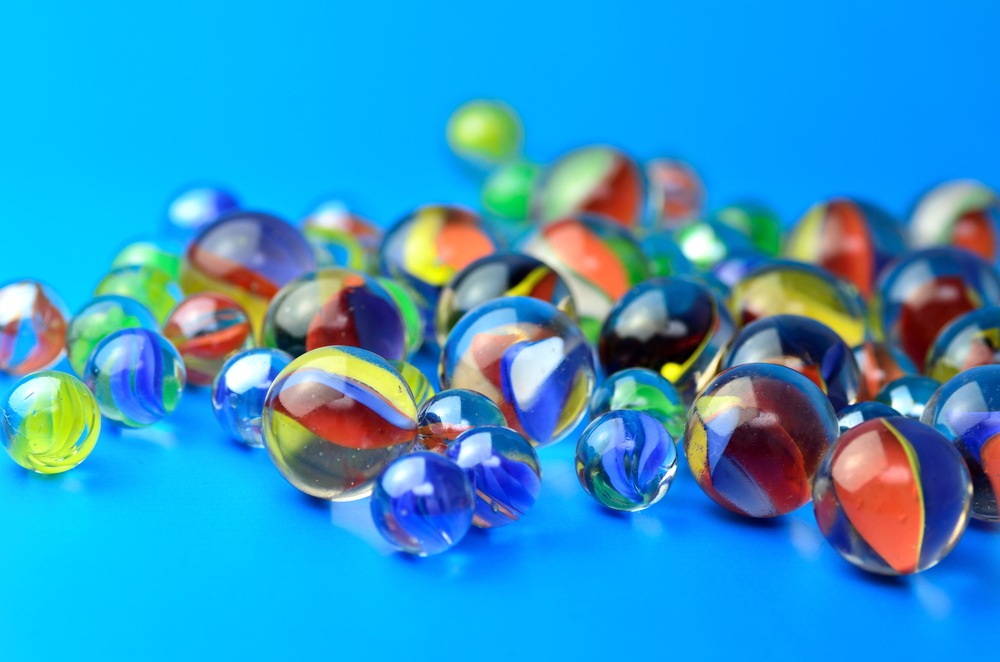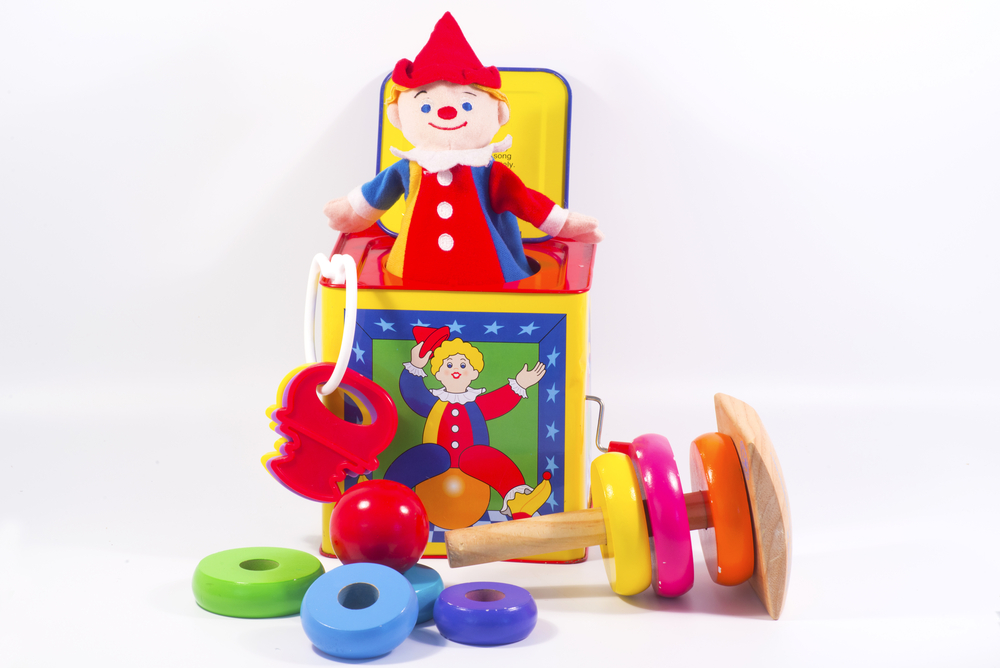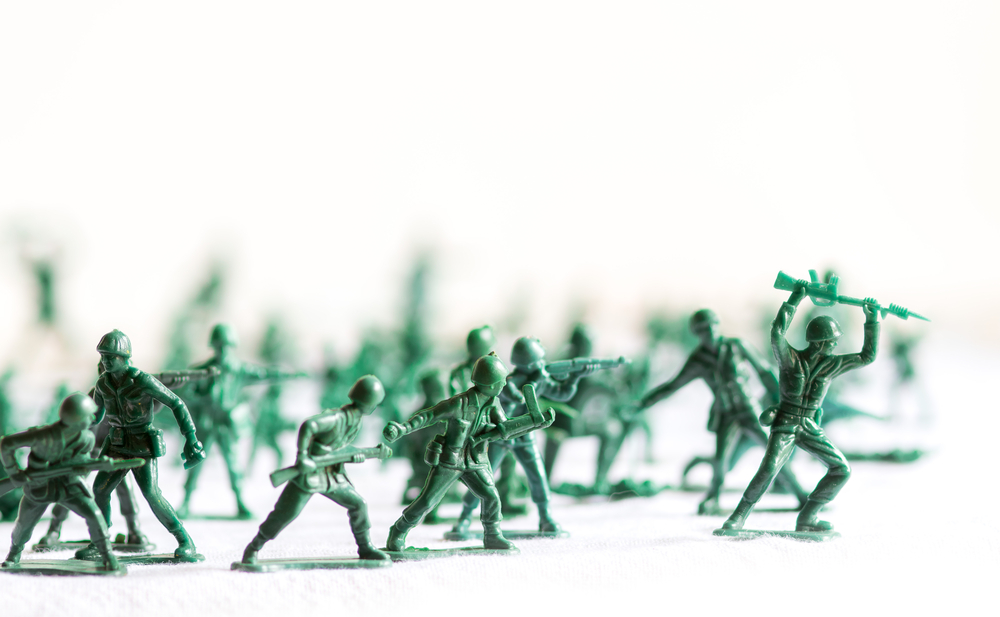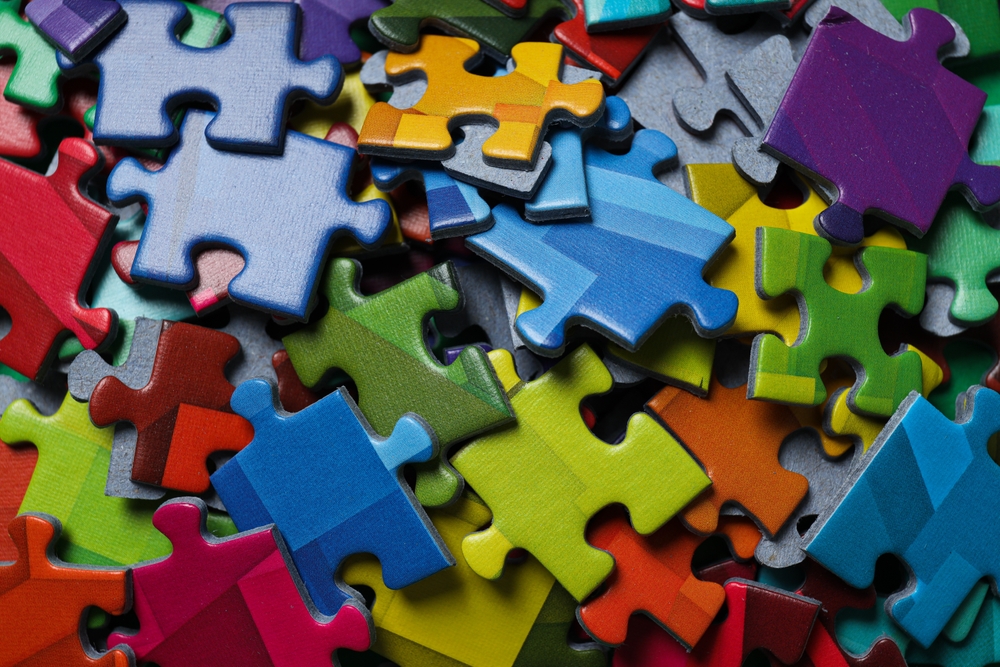Copyright © Everyday Narrative 2024. All rights reserved.
Copyright © Everyday Narrative 2024. All rights reserved.
- An Everyday Narrative Gallery Special -
Classic Toys to Educate, Entertain and Inspire

The yo-yo, with its simple yet captivating design, has enchanted generations of children and adults alike. Its origins trace back to ancient Greece, yet it remains a popular pastime and competitive sport today. The appeal of the yo-yo lies in its versatility; it can be a soothing fidget toy, a skill-testing challenge, or a platform for dazzling tricks. Despite the digital age, the yo-yo continues to spin its way into the hearts of enthusiasts worldwide.
1. The Yo-Yo

The yo-yo’s simplicity and versatility have cemented its status as a timeless toy. Originating in ancient Greece around 500 BC, it gained modern popularity in the 1920s with the establishment of the Duncan Yo-Yo Company.
Today, the yo-yo is more than just a toy; it’s a competitive sport with international championships. Its basic design—a spool attached to a string—has seen countless variations and innovations, from light-up models to advanced ball-bearing mechanisms.
Despite these changes, the fundamental joy of mastering tricks like “walk the dog” and “rock the cradle” remains the same.
2. Dolls

Dolls are among the oldest toys in human history, with evidence dating back to ancient Egypt and Greece. These early dolls were often made from materials like wood, clay, and fabric. In the modern era, dolls have evolved to reflect societal changes and technological advancements.
Barbie, introduced by Mattel in 1959, became an iconic cultural symbol, inspiring countless variations and careers. American Girl dolls, launched in 1986, combine play with education, each doll representing a different period in American history.
Despite the rise of digital entertainment, dolls continue to be beloved companions for children, fostering imagination and empathy.
3. Building Blocks

Building blocks, such as LEGO, have long been a staple in children’s toy collections. The concept of interlocking blocks dates back to the early 20th century, with LEGO introducing its first plastic bricks in 1949. These blocks offer endless possibilities for creativity, allowing children to construct everything from simple houses to complex robots. LEGO has expanded into themed sets, video games, and movies, maintaining its popularity across generations.
Building blocks not only entertain but also promote cognitive development, spatial awareness, and fine motor skills, making them an enduring favourite in educational play.
4. Teddy Bear

The teddy bear, named after President Theodore Roosevelt, originated in the early 20th century and quickly became a beloved childhood companion. The first teddy bears were created simultaneously by Morris Michtom in the United States and Richard Steiff in Germany. These cuddly toys provide comfort and companionship, often becoming cherished keepsakes.
Over the years, teddy bears have been produced in various styles, sizes, and materials, from the classic mohair bears to modern plush versions. Despite changing trends in toys, the teddy bear remains a symbol of childhood innocence and nostalgia.
5. Marbles

Marbles have been a popular game for centuries, with evidence of their use dating back to ancient Egypt and Rome. These small, spherical toys are made from various materials, including glass, clay, and steel. The game of marbles involves skill and strategy, with numerous variations played around the world. Collecting marbles, especially rare or antique ones, is also a popular hobby.
Marbles appeal to both children and adults, providing a simple yet engaging form of entertainment that encourages hand-eye coordination and strategic thinking.
6. Kites

Kites have been flown for thousands of years, originating in China around 500 BC. These simple yet captivating toys are made from a lightweight frame covered with paper, fabric, or plastic, and flown using a string. Kites have been used for various purposes throughout history, including communication, scientific experiments, and religious ceremonies.
Today, kite flying is a popular recreational activity enjoyed by people of all ages. The design and materials of kites have evolved, but the basic principle remains the same: harnessing the wind to create lift and achieve flight.
7. Jack-in-the-Box

The jack-in-the-box, a classic mechanical toy, has delighted children for centuries with its element of surprise. This toy consists of a box with a crank that, when turned, plays a melody until the lid pops open, revealing a figure, typically a clown or jester. The jack-in-the-box dates back to the 16th century and has remained a popular toy due to its simple yet thrilling mechanism.
Modern versions often feature different characters and melodies, but the fundamental joy of the unexpected “pop” continues to amuse and entertain young audiences.
8. Rocking Horse

The rocking horse, a cherished toy for centuries, simulates the experience of riding a horse. Early versions date back to the 17th century, crafted from wood and often elaborately decorated. Rocking horses provide children with a sense of adventure and movement, helping to develop balance and coordination.
Modern rocking horses come in various designs, from traditional wooden models to plush, realistic-looking horses. Despite the advent of digital and electronic toys, the rocking horse remains a beloved staple in nurseries and playrooms, symbolizing timeless play and childhood joy.
9. Spinning Top

The spinning top is one of the oldest toys known to humanity, with origins in ancient cultures across the globe. Made from materials like wood, clay, and metal, tops spin on an axis when set in motion by twisting or pulling a string. The physics of tops, including precession and gyroscopic stability, make them fascinating objects for play and study.
Modern tops come in various shapes, sizes, and designs, including the popular Beyblade battling tops. Despite technological advancements, the simple pleasure of watching a top spin remains captivating for children and adults alike.
10. Toy Soldiers

Toy soldiers have been a staple of children’s play for centuries, with early examples found in ancient Egyptian tombs. These miniature figures represent various military units and have been made from materials such as tin, lead, and plastic. Toy soldiers gained widespread popularity in the 18th and 19th centuries, particularly with the advent of mass production. They not only provide entertainment but also serve as educational tools, teaching history and strategy.
Modern toy soldiers include detailed action figures and collectibles, maintaining their appeal in an era dominated by digital games.
11. Train Sets

Model train sets have captured the imagination of children and adults since the early 19th century. These sets typically include a locomotive, cars, tracks, and accessories, allowing users to create intricate rail systems. Early train sets were powered by wind-up mechanisms, steam, or electricity. The development of electric trains in the early 20th century revolutionized the hobby, enabling more complex and realistic layouts.
Model trains encourage creativity, problem-solving, and fine motor skills. Enthusiasts often build detailed landscapes and cities, transforming the hobby into an art form that continues to thrive today.
12. Rubber Duck

The rubber duck, a classic bath-time companion, was first popularised in the late 19th century with the advent of rubber manufacturing. These iconic yellow ducks, often with a cheerful squeak, have become synonymous with children’s bath time. Rubber ducks have also inspired pop culture, from songs to charity events like the annual rubber duck races.
Modern versions come in various themes and colours, but the traditional yellow duck remains the most popular. This simple toy continues to delight children, making bath time a fun and engaging experience.
13. Bicycle

The bicycle, more than just a toy, represents freedom and adventure for children worldwide. Its history dates back to the early 19th century with the invention of the “dandy horse.” Modern bicycles, with their pedals, chains, and pneumatic tires, became widely accessible by the late 19th century.
Learning to ride a bike is a rite of passage, teaching balance, coordination, and independence. Bicycles have evolved to include various styles, such as BMX, mountain, and road bikes, catering to different interests and activities. Despite advances in transportation, the bicycle remains a beloved and enduring part of childhood.
14. Slinky

The Slinky, invented in 1943 by Richard James, is a helical spring toy that “walks” down stairs and performs other tricks. This simple yet fascinating toy has captured the imaginations of children and adults for decades. Made initially from metal and later from plastic, the Slinky demonstrates basic principles of physics and motion. It became an instant hit, selling millions of units and becoming a cultural icon.
The Slinky’s enduring appeal lies in its simplicity and the endless entertainment it provides, making it a staple in toy collections around the world.
15. Puzzles

Puzzles, including jigsaw puzzles, have been popular for centuries as both educational tools and entertainment. The first jigsaw puzzle was created in 1767 by John Spilsbury, a London mapmaker, to teach geography. Puzzles help develop problem-solving skills, spatial awareness, and patience.
They come in various forms, from simple wooden puzzles for toddlers to complex 3D puzzles for adults. The satisfaction of completing a puzzle and the challenge it presents make it a timeless activity enjoyed by people of all ages. In the digital age, puzzles continue to evolve with interactive and online versions.
16. Crayons

Crayons have been a staple of childhood art projects since their invention in the early 20th century. The Crayola brand, introduced in 1903, became synonymous with these colourful drawing tools. Crayons are made from wax and pigment, offering a safe and easy way for children to express their creativity. They come in a wide range of colours and styles, including washable, scented, and glitter crayons.
Drawing with crayons helps develop fine motor skills and artistic expression. Despite the availability of digital drawing tools, crayons remain a beloved medium for young artists.
17. Action Figures

Action figures, particularly those representing superheroes and characters from popular media, have been cherished by children since the mid-20th century. The G.I. Joe, introduced in 1964, is often credited with popularizing the action figure market. These posable figures allow children to reenact scenes from their favourite movies, TV shows, and comic books, fostering imaginative play.
Action figures have evolved to include intricate details, accessories, and articulation, appealing to both children and collectors. Their enduring popularity is a testament to their ability to bring beloved characters to life in the hands of fans.
18. Toy Cars

Toy cars, including die-cast models like Hot Wheels and Matchbox, have fascinated children and collectors since the mid-20th century. These miniature vehicles replicate real-life cars, trucks, and other vehicles, often with remarkable detail.
Toy cars encourage imaginative play, allowing children to create their own races and adventures. They also appeal to collectors, who seek rare and limited-edition models. The joy of rolling a toy car across the floor or down a track is a simple yet enduring pleasure that has captivated generations, making toy cars a timeless favourite.
19. Jump Rope

The jump rope is a simple yet effective toy that has been used for centuries to promote physical fitness and coordination. Evidence of jump rope games dates back to ancient civilisations, including Egypt and China. Jump ropes can be made from various materials, such as cloth, plastic, and leather. They are used in a variety of games and exercises, from solitary jumping to group activities like Double Dutch.
Jump rope routines can range from basic to highly complex, involving intricate footwork and tricks. This versatile toy remains a popular choice for both play and exercise.
20. Hula Hoop

The hula hoop, a large ring typically made of plastic, gained immense popularity in the late 1950s. However, similar toys date back to ancient Greece and Egypt, where hoops were made from natural materials like vines and grasses. The modern hula hoop was popularized by Wham-O in 1958, sparking a global craze.
Hula hooping involves spinning the hoop around the waist, limbs, or neck, providing a fun form of exercise and entertainment. The simplicity and physical benefits of hula hooping have ensured its lasting appeal, making it a classic toy enjoyed by both children and adults.
Celebrate National Yo-Yo Day

As we celebrate National Yo-Yo Day, it’s clear that these timeless toys continue to bring joy and creativity to generations of children. From yo-yos to hula hoops, the enduring charm of these classic toys lies in their ability to entertain, educate, and inspire.
Gallery Specials
Latest Articles
- Disney Remakes the Timeless Classic ‘Snow White’
- Here’s what to expect from Season 4 of Slow Horses, only on Apple TV+
- Marvel’s ‘Agatha All Along’ coming soon
- Adam Sandler Announces ‘Happy Gilmore 2’
- Jennifer Lopez files for divorce from Ben Affleck to end her fourth marriage
- On this day in 1995, the Battle of Britpop reached its climax
- Vince Vaughn Returns in the New Dark Apple TV+ Comedy ‘Bad Monkey’
- Matt Damon and Casey Affleck lead a star-studded cast in ‘The Instigators’
- The anticipation builds for ‘The Last of Us’ Season 2
- Has Simone Biles cemented her place as the greatest American Olympian of all time?
- Anticipation grows for the Disney sequel ‘Moana 2’
- A battle begins at Royal Troon for The Open Golf Championship 2024
- The evolution of binge-watching
- Tom Hanks reunites with Robin Wright in ‘Here’
- Taylor Swift’s ‘Eras Tour’ is a phenomenal success















